Decongesting Pune for Sustainable Urban Design
In this article, we will explore how ongrid.design, a pioneering online architecture and interior design service provider based in Pune, is at the forefront of transforming the city's congested core areas into vibrant, livable, and eco-friendly spaces. By leveraging cutting-edge design techniques, green building principles, and a deep understanding of Pune's unique urban fabric, ongrid.design is helping clients navigate the complexities of the city's development control regulations (DCR) and create spaces that epitomise the future of sustainable urban living.
The Congestion Conundrum: Understanding Pune's Core Areas

Pune's core areas, identified as "congested areas" by the Pune Municipal Corporation (PMC) in the Development Control and Promotion Regulations (DCPR), are grappling with a multitude of urban challenges (Pune Municipal Corporation, 2013a). These areas are characterised by high population density, narrow streets, limited open spaces, and overburdened infrastructure, leading to a compromised living environment for residents.
The congestion in these areas has far-reaching consequences, extending beyond mere inconvenience. It contributes to increased air pollution, traffic congestion, and a strain on essential amenities like water supply and waste management. Moreover, the lack of green spaces and the prevalence of concrete structures exacerbate the urban heat island effect, leading to higher temperatures and reduced thermal comfort for inhabitants.
PMC's Vision for Decongestion: A Catalyst for Change

Recognizing the urgent need to address congestion in the core areas, the Pune Municipal Corporation has outlined a comprehensive vision for decongestion in its development plan. This vision aims to balance accommodating the city's growing population and ensuring a sustainable and livable urban environment.
One key strategy employed by the PMC is the implementation of differential Floor Space Index (FSI) regulations. In congested areas, the maximum permissible FSI for residential development is capped at 1.5, with a maximum tenement density of 375 tenements per hectare. In contrast, non-congested areas are granted higher FSI, ranging from 1.8 to 3.25, depending on factors such as plot size and road width (Pune Municipal Corporation, 2013b).
By limiting the FSI in congested areas, the PMC aims to discourage the construction of high-density developments and promote a more balanced and sustainable growth pattern. This approach encourages developers and property owners to explore redevelopment opportunities that prioritise the creation of open spaces, wider roads, and enhanced infrastructure, ultimately contributing to the gradual decongestion of the core areas.
Sustainable Urban Design: The Key to Unlocking One's Potential

While the PMC's decongestion strategies set the stage for change, it is the architects, designers, and urban planners who hold the key to unlocking One's potential for sustainable urban development. By embracing innovative design practices and green building principles, these professionals can transform the challenges posed by congestion into opportunities for creating thriving, resilient, and eco-friendly urban spaces.
At ongrid.design, we believe that sustainable urban design is the key to decongesting Pune's core areas and improving the quality of life for residents. Our team of experts specialises in integrated design approaches that seamlessly blend aesthetics, functionality, and environmental sustainability.
One of the critical aspects of sustainable urban design is the incorporation of green spaces and natural elements into the built environment. By integrating rooftop gardens, vertical gardens, and landscaped areas into building designs, architects can create urban oases that combat the urban heat island effect, improve air quality, and provide much-needed respite for residents. These green interventions not only enhance the city's aesthetic appeal but also contribute to its inhabitants' physical and mental well-being.
Another crucial aspect of sustainable urban design is the efficient utilisation of space. In congested areas where every square foot is precious, architects must think creatively to maximise the functionality of limited spaces. This is where concepts like multi-functional spaces and adaptive reuse come into play. By designing spaces that can serve multiple purposes and adapt to changing needs, architects can optimise the use of available land and create efficient and flexible buildings.
At ongrid.design, we specialise in creating multi-functional spaces that cater to the diverse needs of urban dwellers. Our designers expertly craft open floor plans and adaptable layouts that maximise space utilisation and facilitate a seamless flow of activities. Whether it's a residential duplex that combines living and working areas or a commercial project that integrates retail, office, and recreational spaces, our designs exemplify the principles of efficiency and adaptability.
Embracing Green Building Practices: A Pathway to Resilience

In addition to sustainable urban design, green building practices are crucial for creating resilient and eco-friendly urban environments. Green buildings minimise the environmental impact of construction and operation and provide a healthier and more comfortable living experience for occupants.
At ongrid.design, we are committed to incorporating green building practices into all our projects. Our architects and designers are well-versed in the latest sustainable technologies and materials, and we strive to create energy-efficient, water-wise, and environmentally responsible buildings.
One of the key strategies we employ is passive architecture design, which involves harnessing natural elements like sunlight, wind, and vegetation to reduce the reliance on artificial lighting and cooling. By incorporating features like strategic window placement, shading devices, and cross-ventilation, we create buildings that are naturally lit, well-ventilated, and thermally comfortable, thereby reducing energy consumption and carbon emissions.
Another critical aspect of green building design is water conservation. In a city like Pune, where water scarcity is a growing concern, it is essential to implement strategies that minimise water waste and promote efficient usage. At ongrid.design, we integrate water conservation techniques such as rainwater harvesting, greywater recycling, and low-flow fixtures into our designs, ensuring that our buildings are water-wise and contribute to the sustainable management of this precious resource.
Designing for Inclusivity: Creating Spaces for All

As Pune strives to decongest its core areas and create a more livable urban environment, it is crucial to ensure that the benefits of sustainable urban design are accessible to all segments of society. This is where the concept of universal design comes into play.
Universal design is an approach that aims to create spaces and products that are usable by people of all ages, abilities, and backgrounds. It encompasses principles such as equitable use, flexibility, simplicity, and perceptible information, ensuring that the built environment is inclusive and accommodates diverse needs.
At ongrid.design, we are committed to incorporating universal design principles into our projects. Our architects and designers strive to create barrier-free spaces, easily navigable, and adaptable to the needs of different users. By designing for inclusivity, we contribute to creating a more equitable and accessible urban environment where everyone can thrive and participate fully in city life.
Navigating Pune's Development Control Regulations (DCR)

While sustainable urban design and green building practices are essential for decongesting Pune's core areas, architects and designers must also navigate the city's Development Control Regulations (DCR). The DCR serves as a guideline for the development of land and buildings within the city, and understanding its intricacies is crucial for creating compliant and sustainable designs.
At ongrid.design, our team of experts deeply understands Pune's DCR and its implications for sustainable urban development. We stay up-to-date with the latest amendments and revisions to the regulations, ensuring that our designs are innovative and eco-friendly and fully compliant with the city's planning guidelines.
Our architects and designers work closely with clients to navigate the complexities of the DCR, guiding aspects such as permissible FSI, setbacks, building heights, and land use restrictions. By leveraging our expertise and creative problem-solving skills, we help clients maximise the potential of their projects while adhering to the regulatory framework.
Conclusion: Shaping a Sustainable Future for Pune

Decongesting Pune's core areas is not just a challenge; it is an opportunity to shape a sustainable and livable future for the city. By embracing sustainable urban design, green building practices, and inclusive design principles, architects, designers, and urban planners can transform the congested urban landscape into vibrant, eco-friendly, and people-centric spaces.
At ongrid.design, we are committed to being at the forefront of this transformation. Our team of talented architects and designers combines creativity, technical expertise, and a deep understanding of Pune's unique urban context to create spaces that epitomise the future of sustainable urban living.
Whether you are a property owner looking to redevelop your land, a developer seeking to create a landmark project, or an individual aspiring to build your dream home, ongrid.design is here to help you navigate the challenges and seize the opportunities presented by Pune's urban landscape.
Together, let us embrace the challenge of decongesting Pune's core areas and shape our beloved city's sustainable, resilient, and inclusive future. Contact ongrid.design today and journey towards transforming Pune's urban fabric, one space at a time.
References:
- Pune Municipal Corporation (2013a). Draft Development Control Regulations for Development Plan Pune, Pune Municipal Corporation, Pune.
- Pune Municipal Corporation (2013b). Draft Development Plan for Pune City (Old Limit) 2007-2027, Pune Municipal Corporation, Pune.





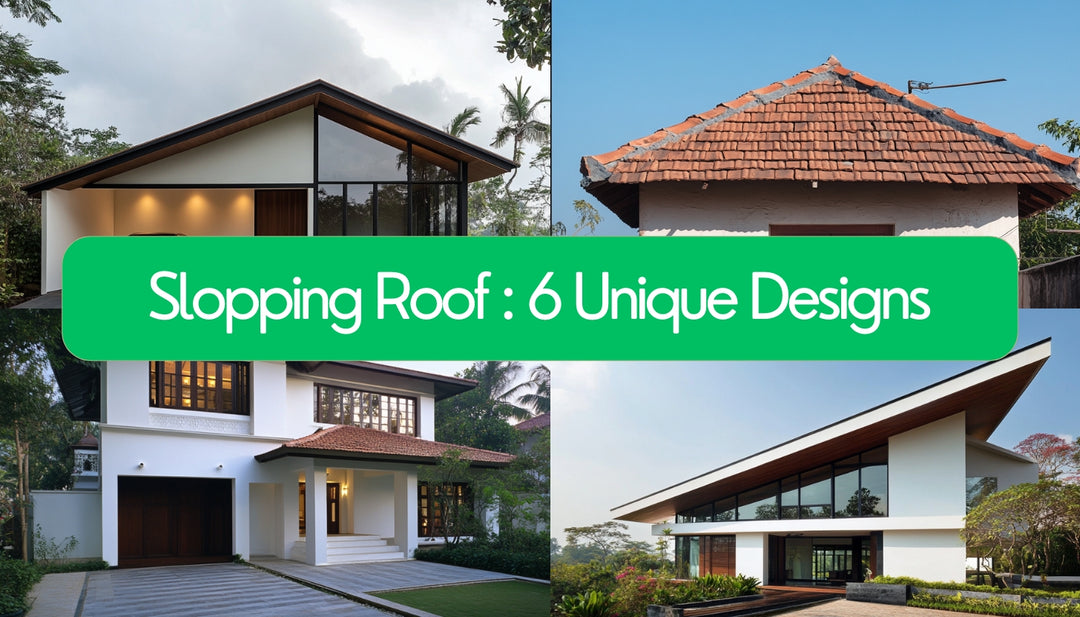
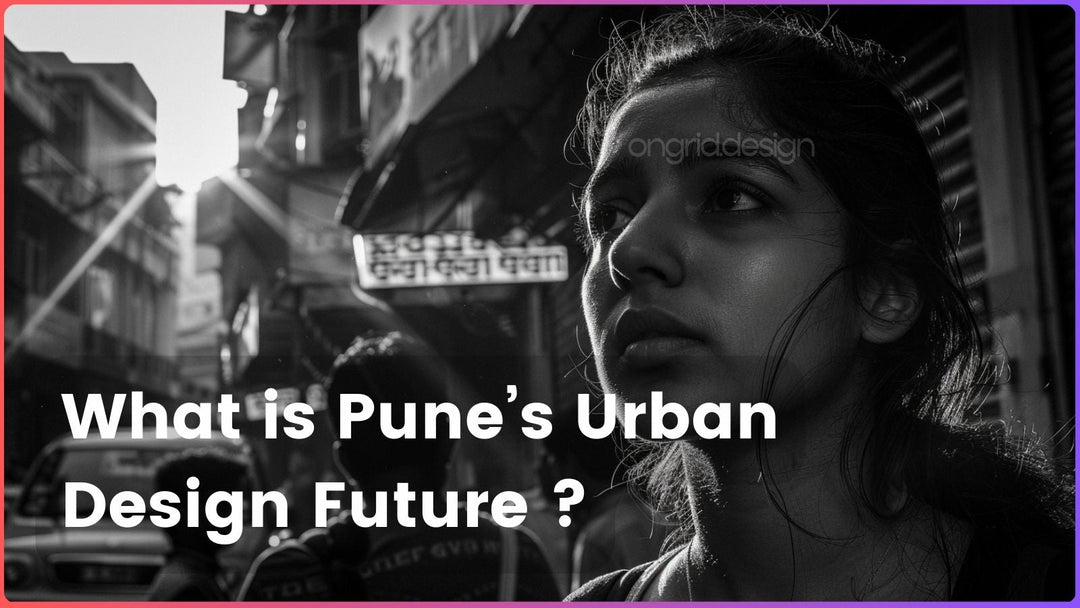
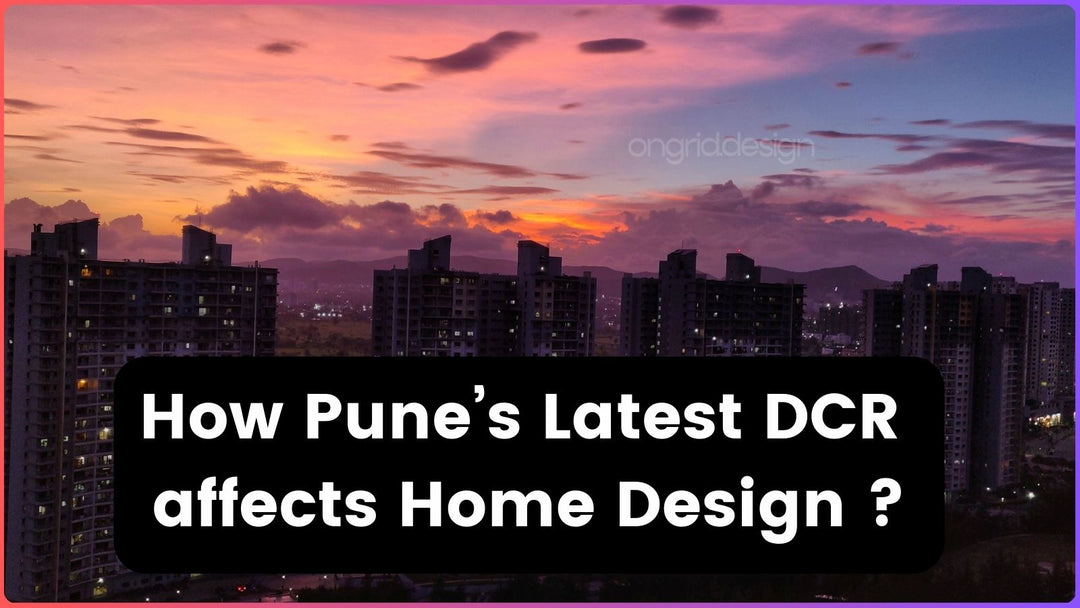
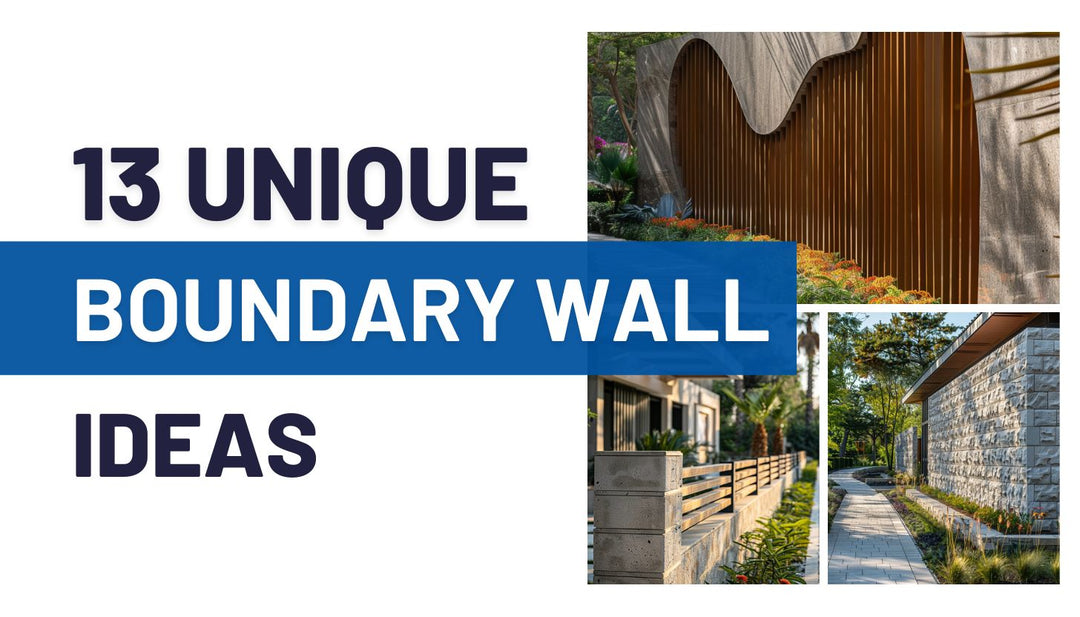
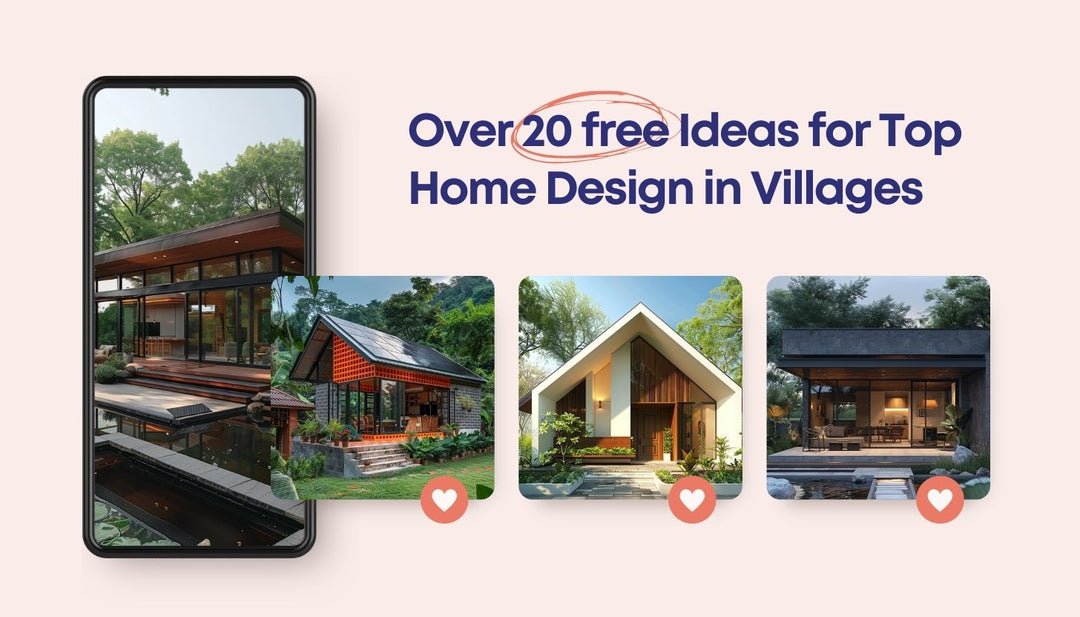

Leave a comment